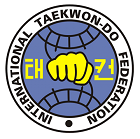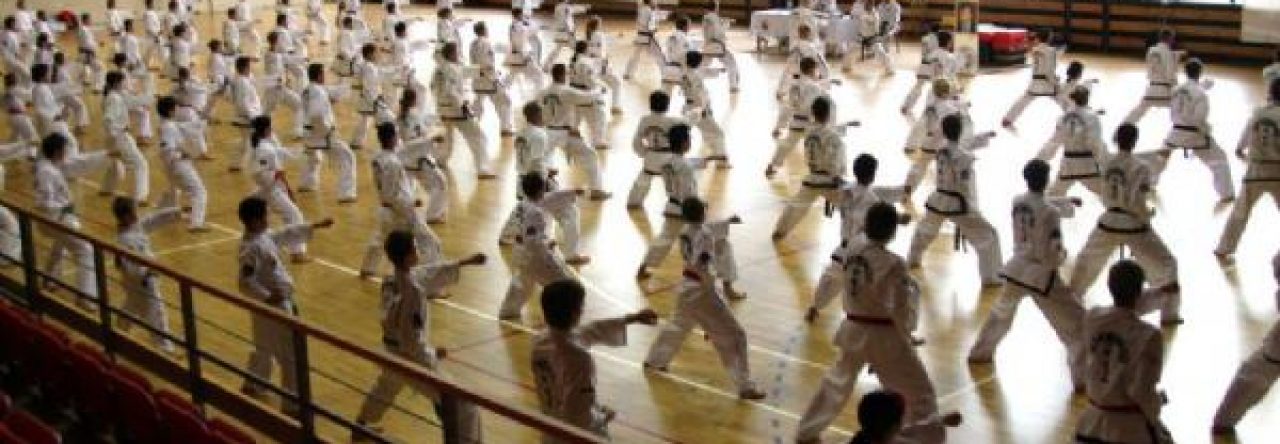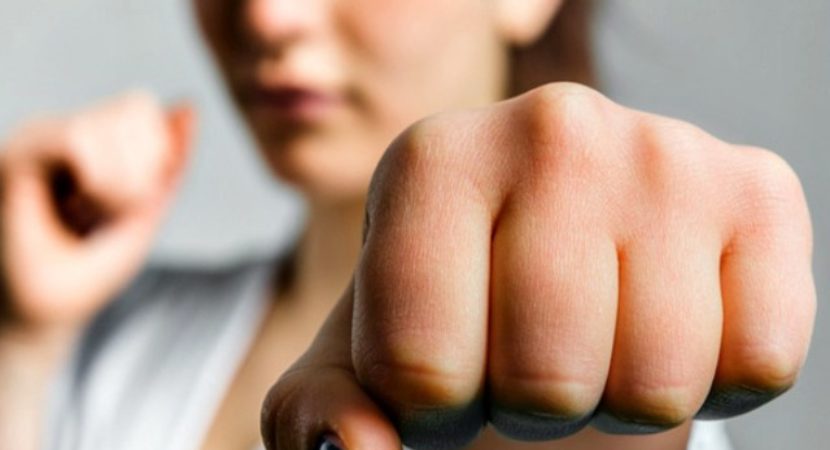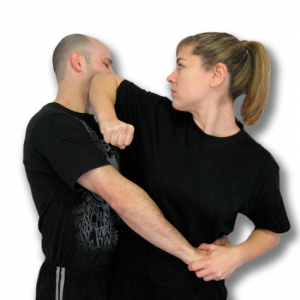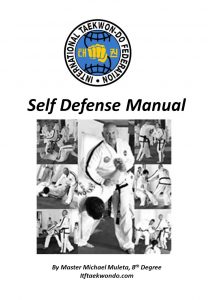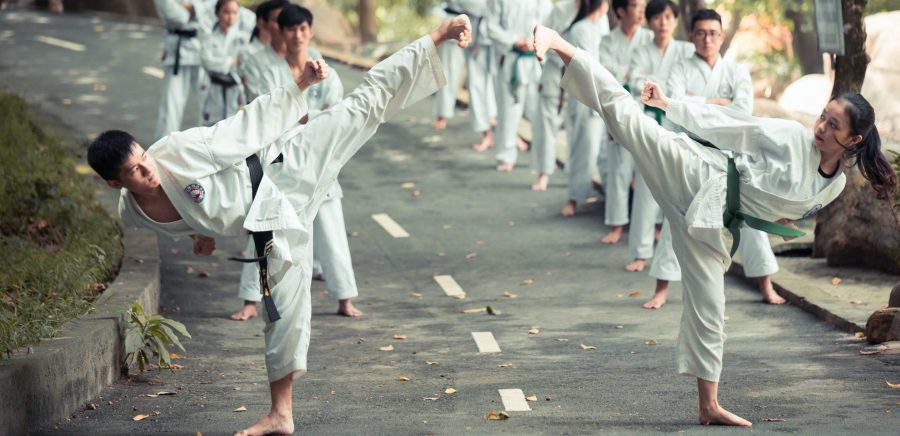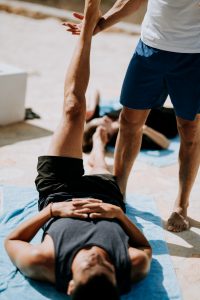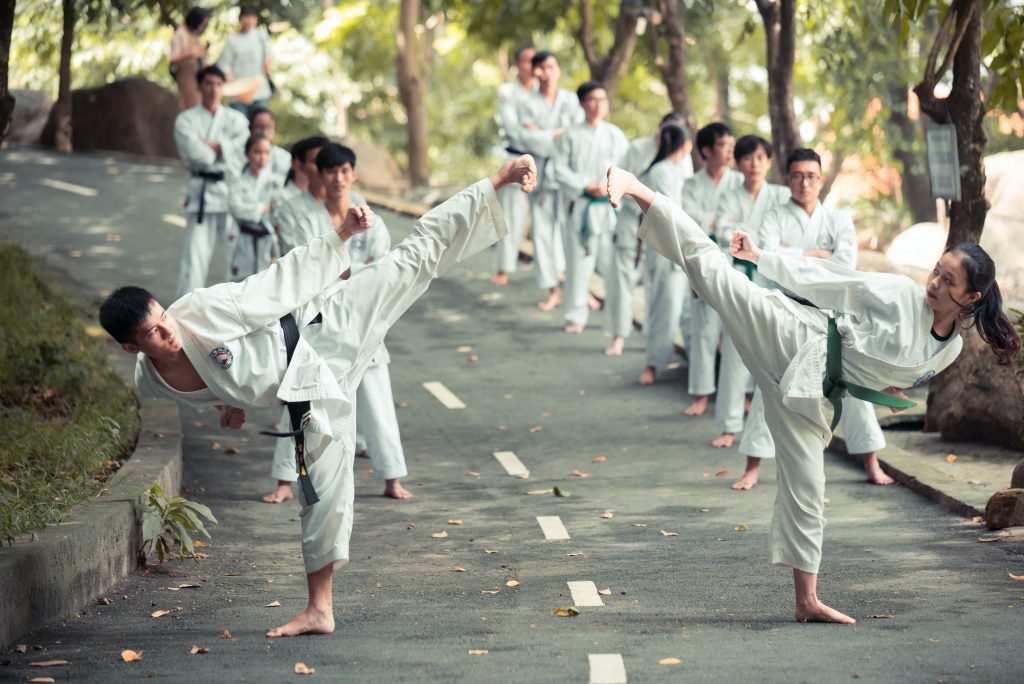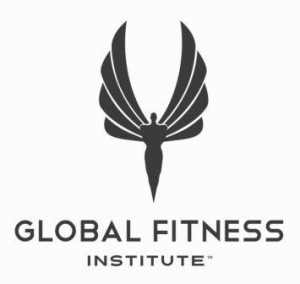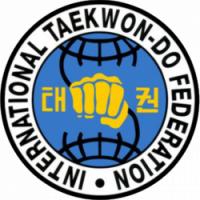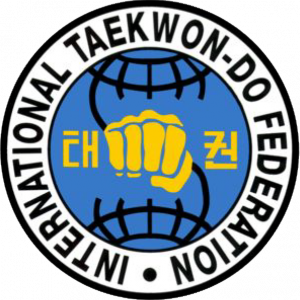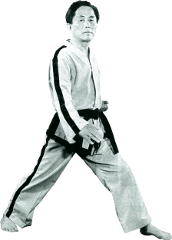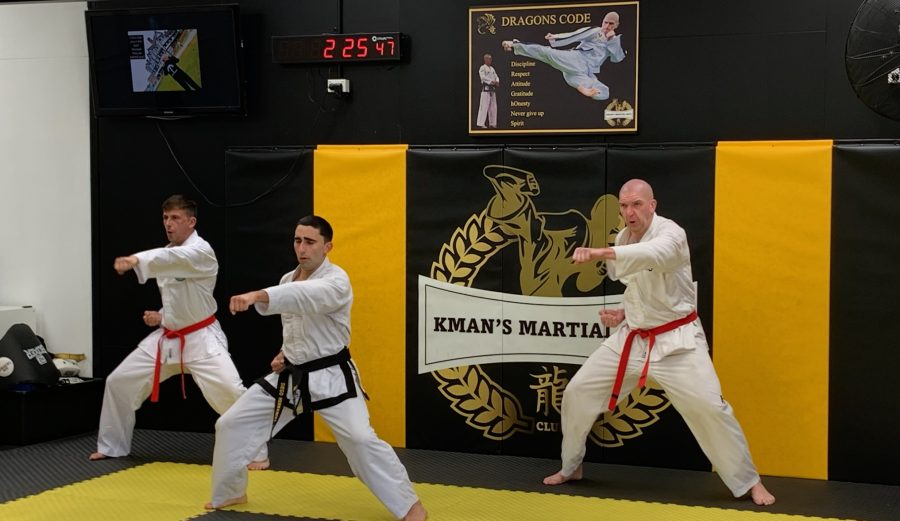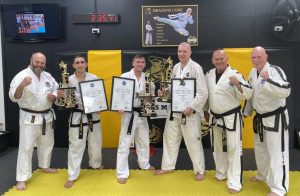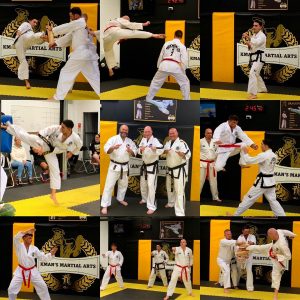Defending Yourself – What is Allowed ?
When it comes to defending yourself, the laws surrounding self-defense vary depending on the country or state, but in general, self-defense is a legal justification for using force in certain situations.
In most jurisdictions, you are allowed to use reasonable force when defending yourself against an imminent threat of harm or violence.
Sure, you may spend years developing great kicking and striking techniques, with the potential to execute lethal force almost at will, but should you make the wrong decision in the wrong situation, the consequences can be dire for both the attacker and yourself.
The amount of force that is considered reasonable will depend on the specific circumstances of the situation, such as the severity of the threat, the physical size and strength of the individuals involved, and whether there were any other options for avoiding the threat.
In many cases, deadly force may only be used in self-defense if there is an immediate and imminent threat of death or serious bodily harm. Additionally, a person cannot use more force than is necessary to defend themselves or others.
It’s also important to note that self-defense can be used to defend others as well, not just oneself.
It is important to be aware of the laws in your jurisdiction surrounding self-defense and to understand what is and is not permitted in order to act within the boundaries of the law.
Of course, they say the best form of self defense is to not be there at all. Unfortunately, we are sometimes put in a situation which was not brought upon by our own actions, and we find ourselves needing to defend against imminent threat.
Self control is very important in all self defense situations, which is easier said than done, when emotions and adrenalin are running high.
It probably is not a bad idea to be well versed in First Aid, in the event that someone suffers an injury, or you are injured whilst defending yourself.
